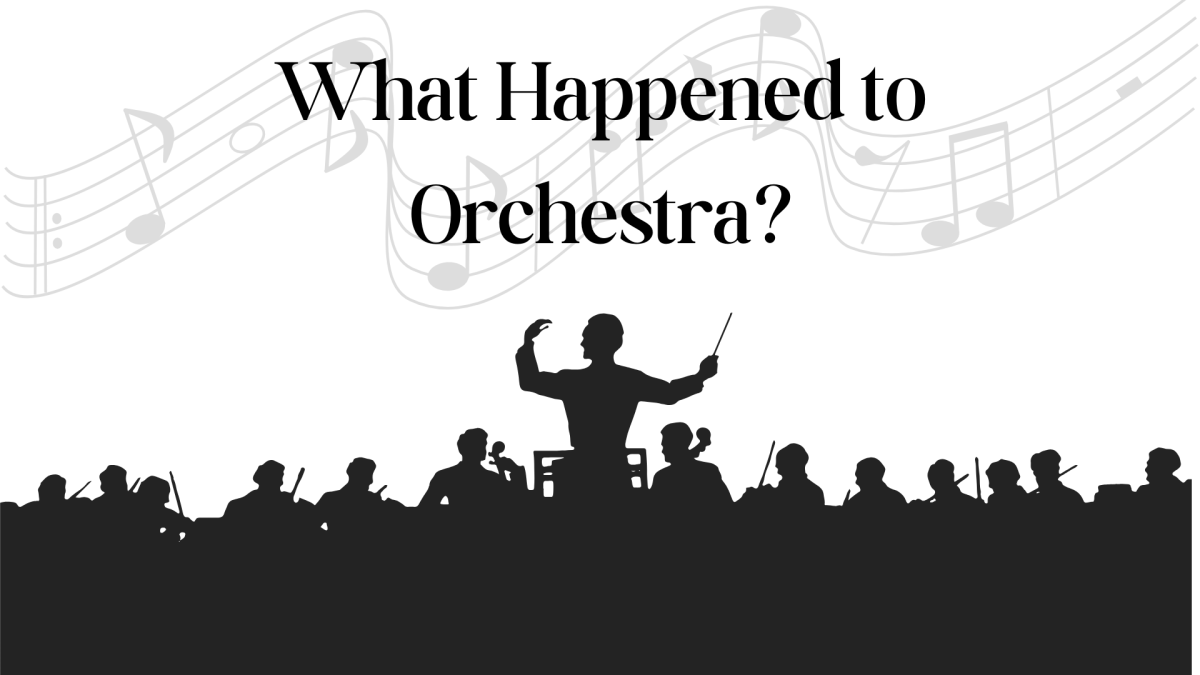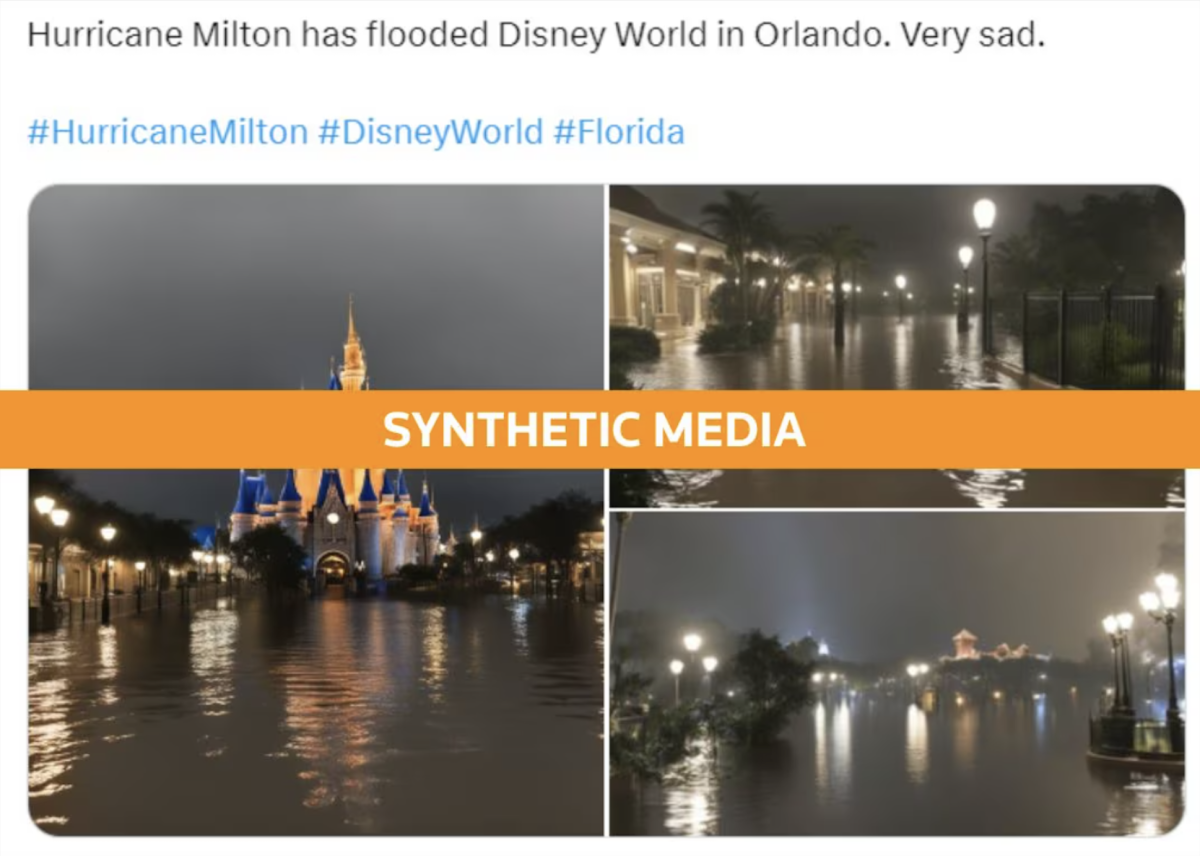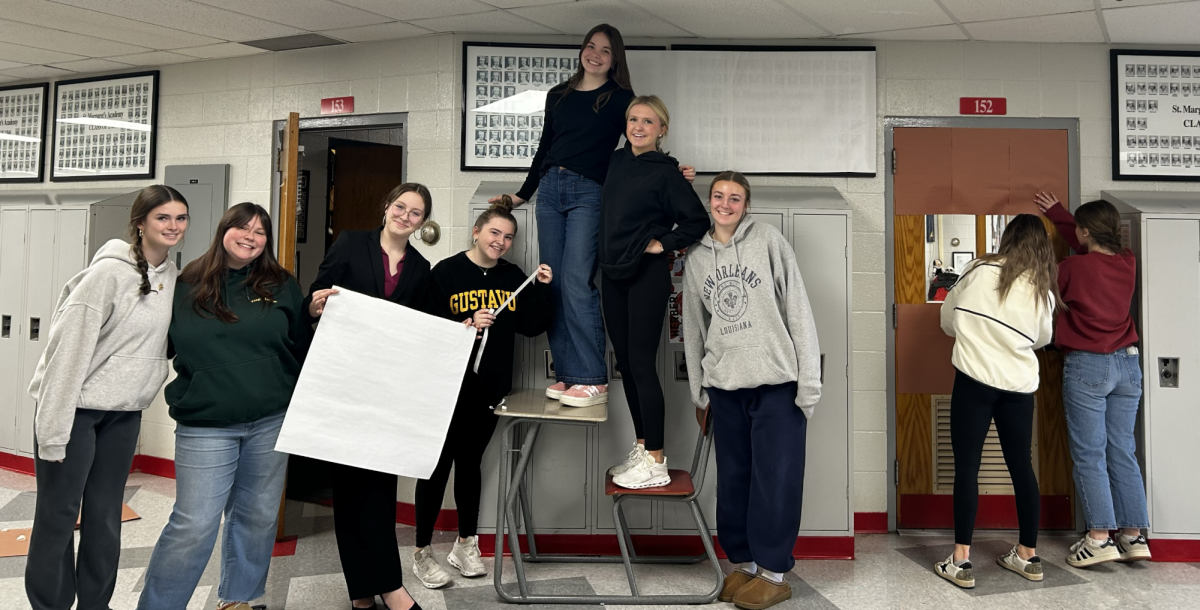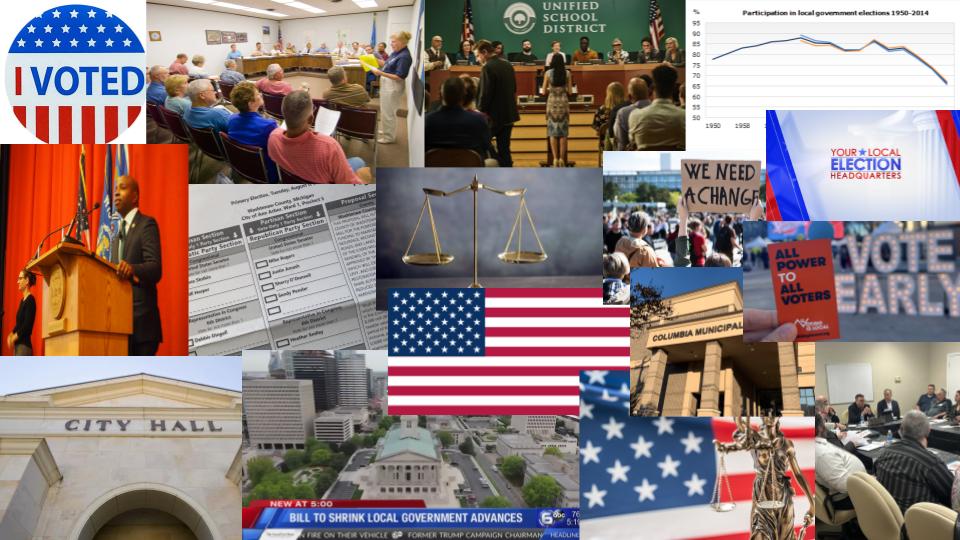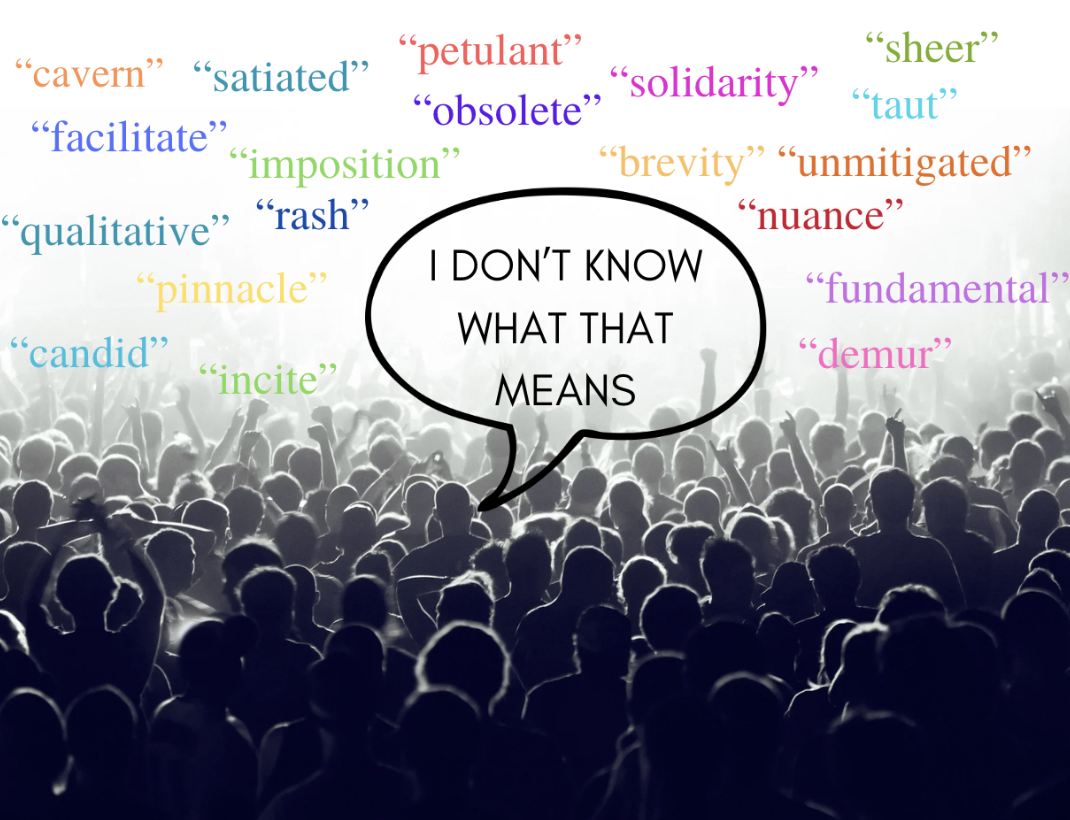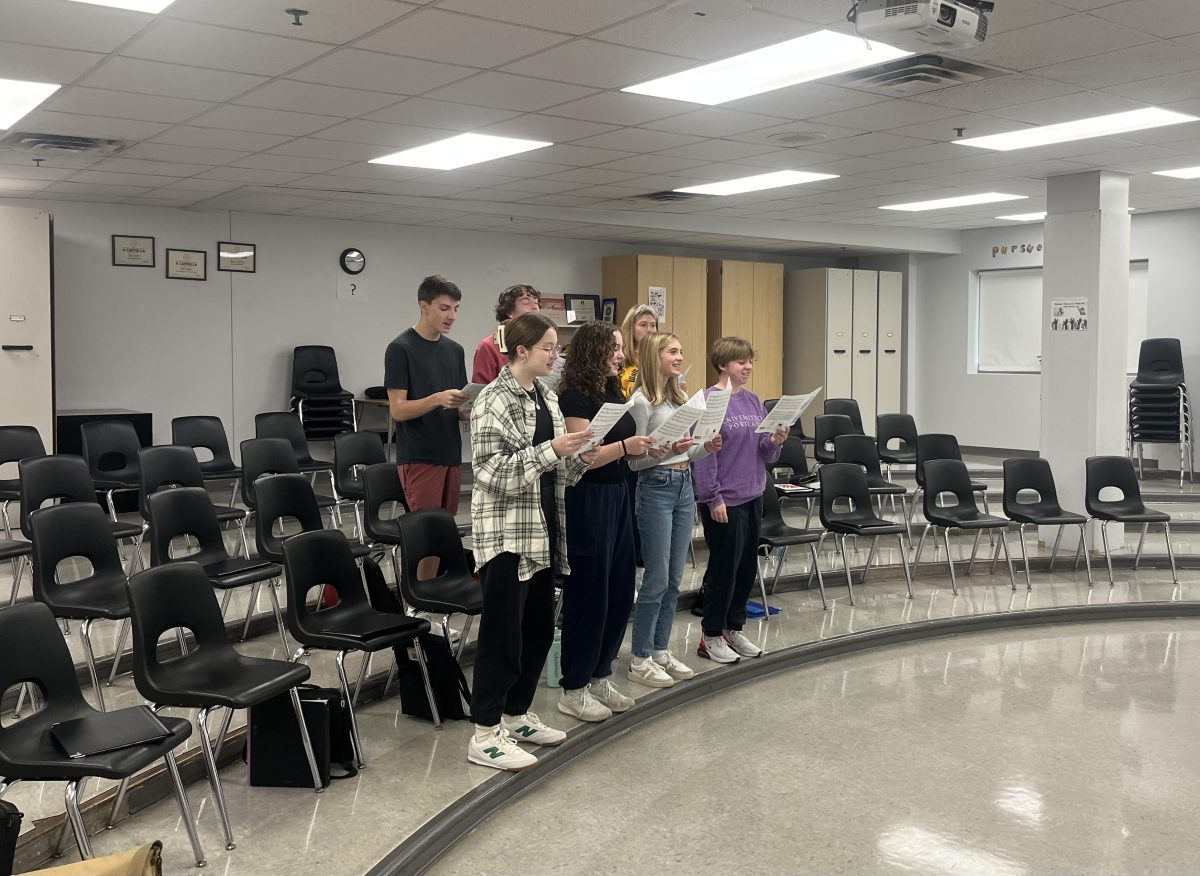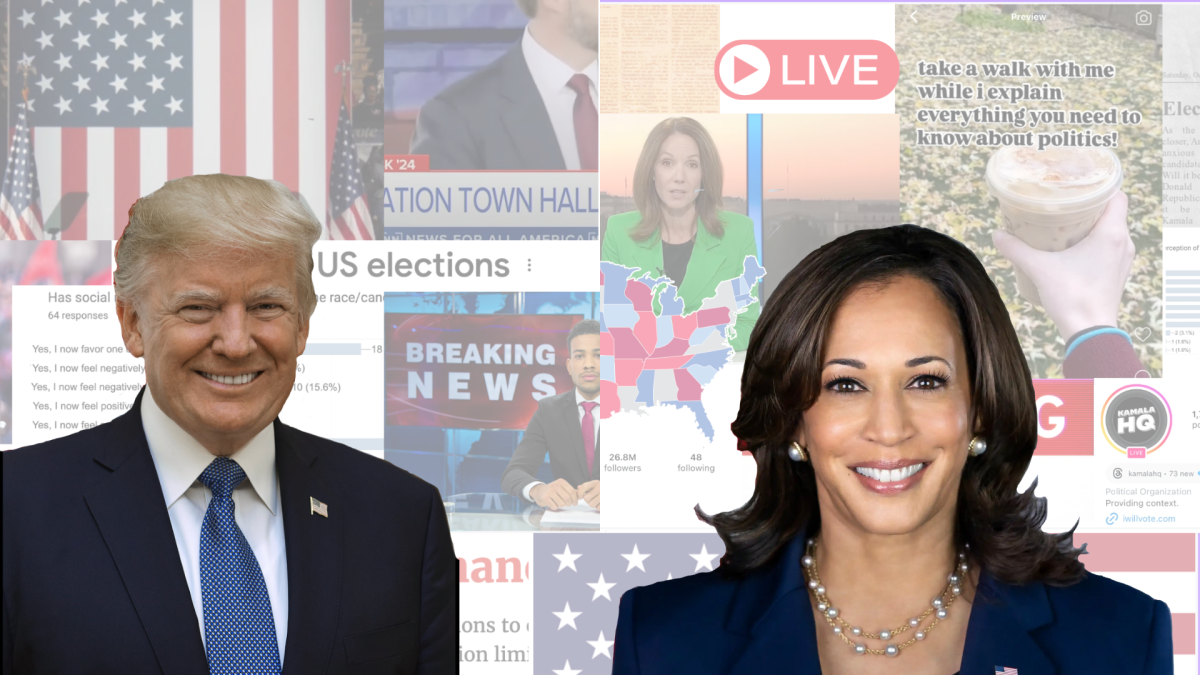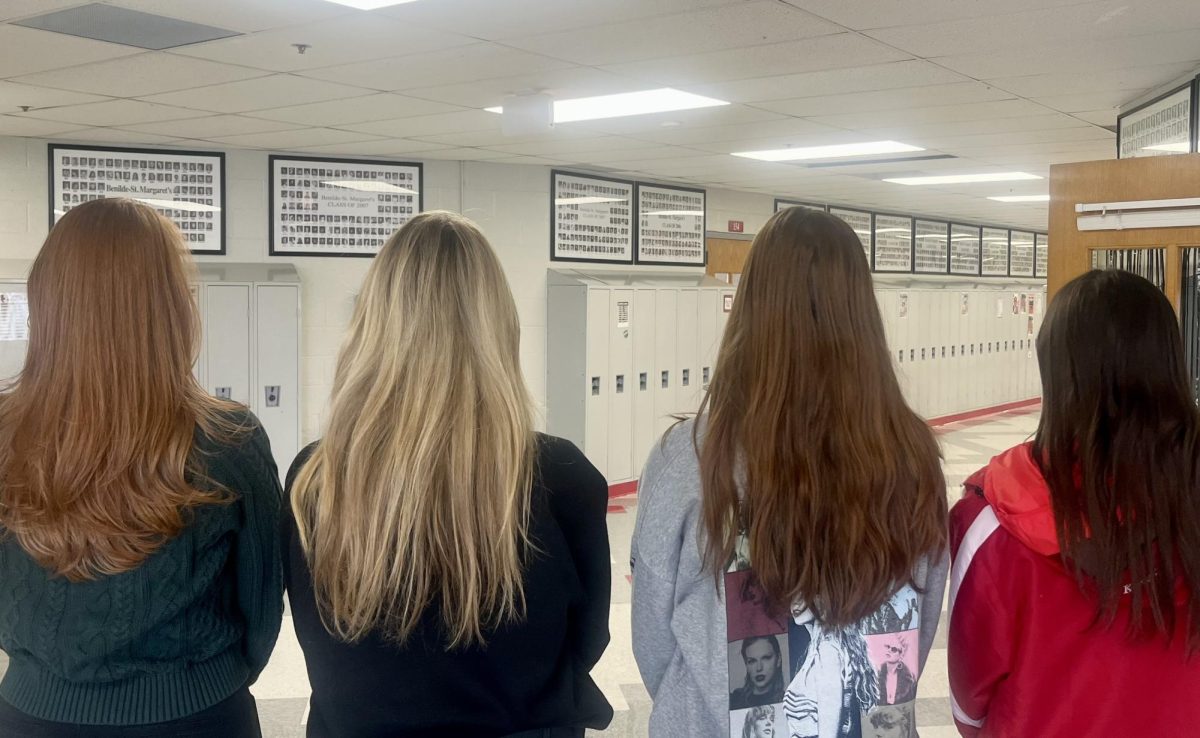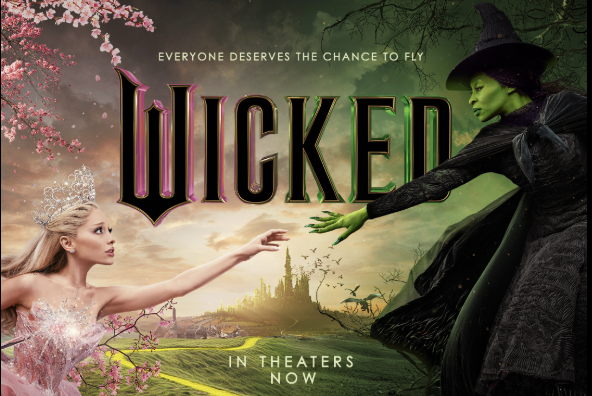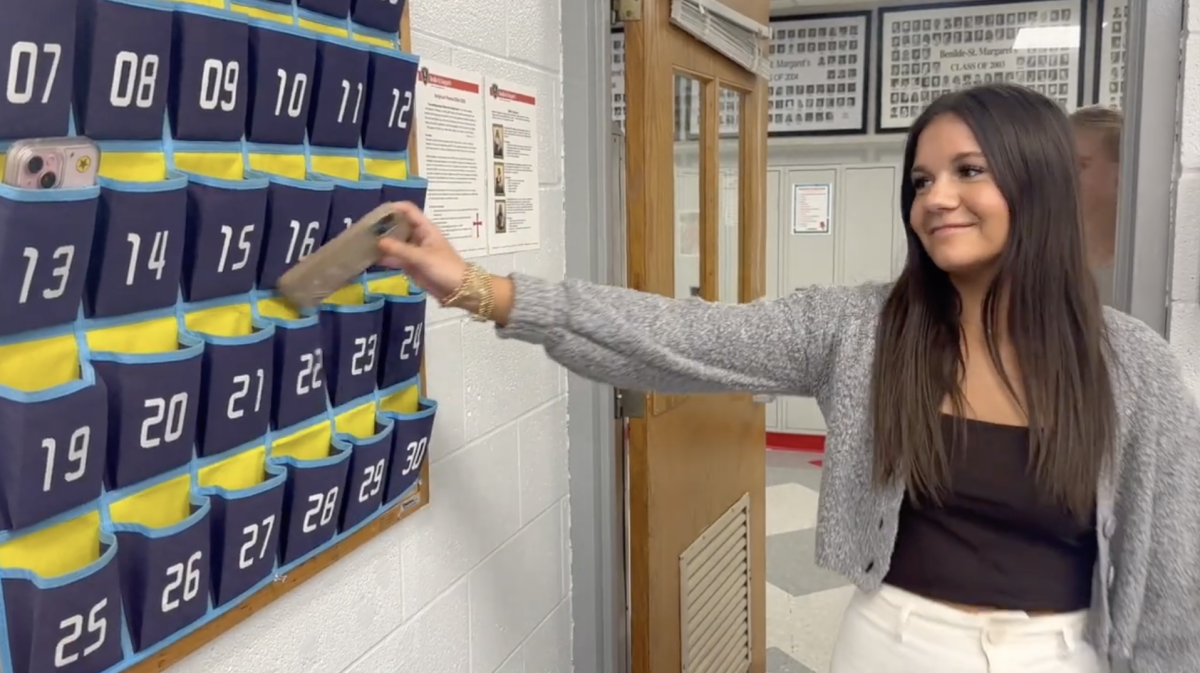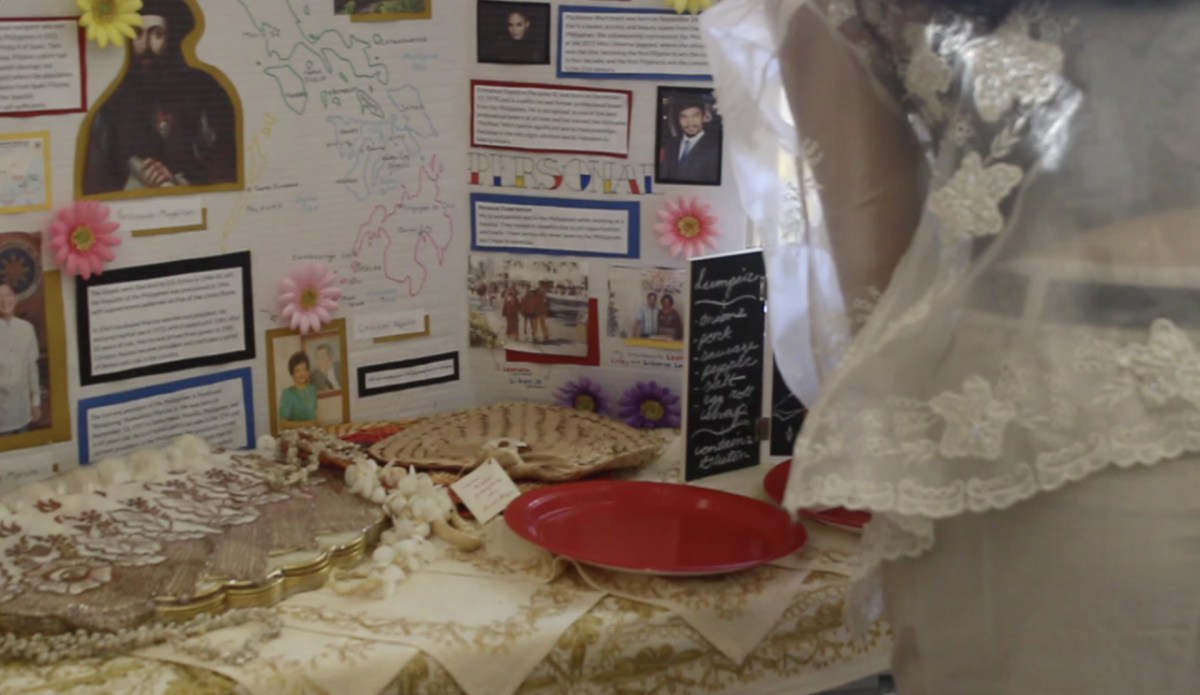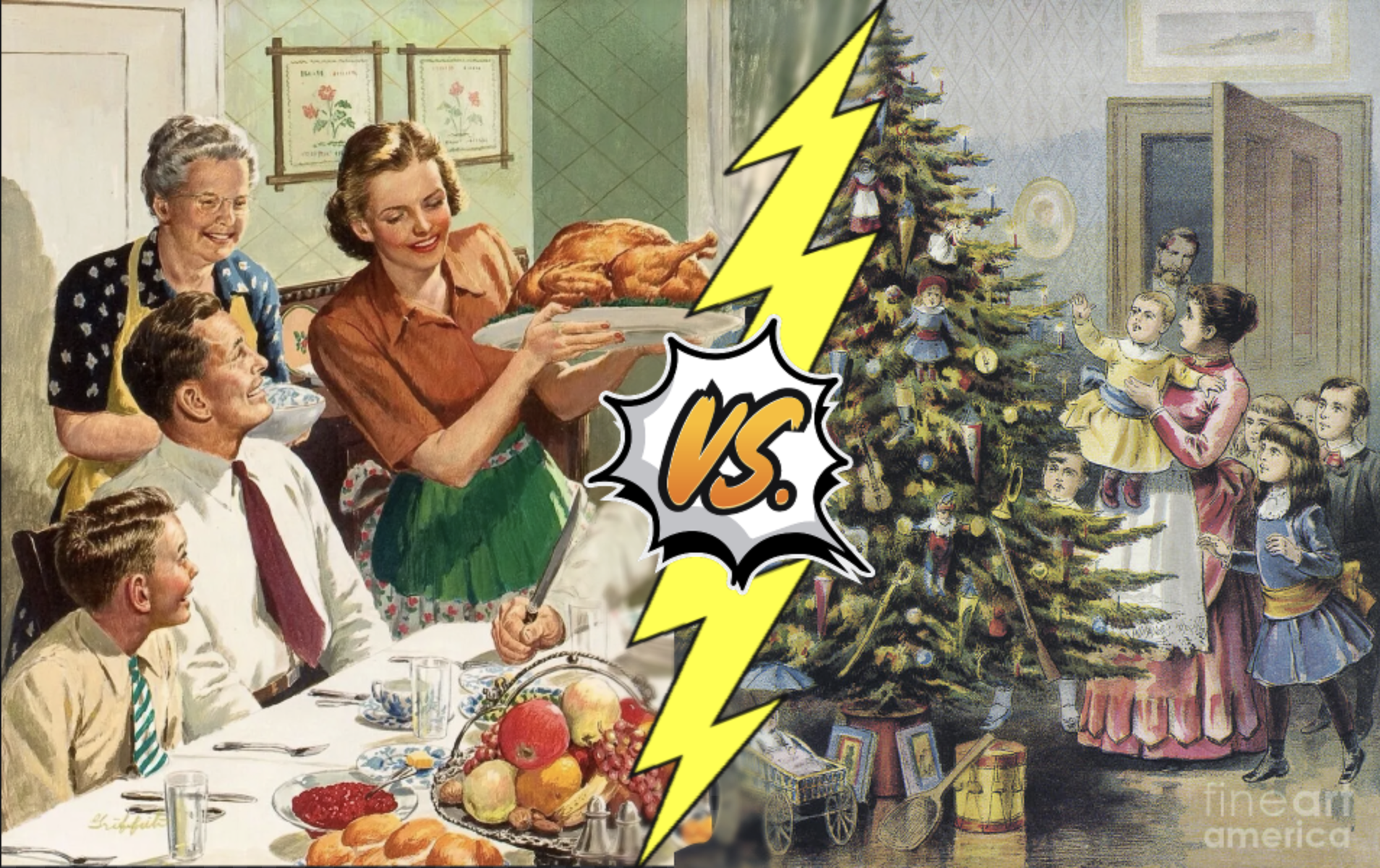Letter to the Editor: Affirmative Action opinion piece has merit
May 13, 2015
Update from the Author – July 8, 2020 – At the age of 15, I chose to write about something I didn’t understand. I wrote from a place of ignorance, from a place of privilege, and most shamefully, from a place of confidence and condescension. I’ve thought about asking for the letter to be taken down, but instead, I asked for this note to be attached to it. Pretending it was never written or published doesn’t help anyone who has already read and felt alienated by my letter, and instead just serves to keep people like myself from being held accountable. I’m sorry I wrote this. I was wrong. – Ben.
After reading the Knight Errant article about the complex process that is Affirmative Action, I found it very enlightening. I appreciated Libby Grygar and Andy Hudlows’s abilities to voice their opinion on Affirmative Action while still being able to see where the other side was coming from.
The article intrigued me enough to look more into what Affirmative Action truly is and to better understand how it works. I read countless articles and really tried to delve into what both sides of the argument stood for.
Much of what I found mirrored the Knight Errant article written by Libby and Andy. The students had opinions and facts very similar to what I found on the NCSL (National Conference of State Legislatures) website. The website gave multiple compelling arguments to both the pro and the con sides of Affirmative Action. Although Andy and Libby may not have come out with the exact facts, they were definitely represented in the words that they wrote.
One thing that I feel is important to take out of the KE article is their idea of fighting racism with more racism. Although Affirmative Action was originally developed as a sort of apology for the many years of unfair treatment, it continued the notion of judging people off their race and gender. Supreme Court Justice Clarence Thomas––the only African American judge on the bench––has come out against the legality and usage of Affirmative Action as he believes that it violates the Equal Protection Clause of the 14th Amendment that forbids consideration of race, i.e. Affirmative Action. This is also an issue when looking at Title VI of the Civil Rights Act of 1964.
Another key concept highlighted in the article is the almost ironic hypocrisy for which Affirmative Action stands on. The policy was created to give those in lower socioeconomic standings a chance at turning their life around following the opportunity given to them, but Affirmative Action is simply methodically assigning values to race and gender. Furthermore, according to a study done by the Hoover Institution, most people that benefit from Affirmative Action are in the middle or upper classes. If this policy is truly made to help those most in need, shouldn’t it be those living in the lower class being benefited?
Unfortunately, criticism towards Affirmative Action, especially criticism from white people in higher socioeconomic standings can come across as discrimination or distaste for the idea of losing “opportunities.” However, as we can see in the KE article, this is not the case. Both authors of the article state that they do believe something like Affirmative Action is necessary in the world we currently live in, they simply think that it is not being executed correctly. I would definitely agree with them on this.
Although I’m not completely impartial, being a white male, I am still able to say that Affirmative Action has not caused me to be denied from any colleges or any other instance that would cause me to have unfair and biased opinions of the policy. I commend anyone that can be on the “A” honor roll all through high school and can do well in advanced classes, but it doesn’t change the moral standards that Affirmative Action sits on. I believe that everyone, no matter your race or gender, should want what’s best for those most in need, and clearly, Affirmative Action is not it.
Ben Larson



